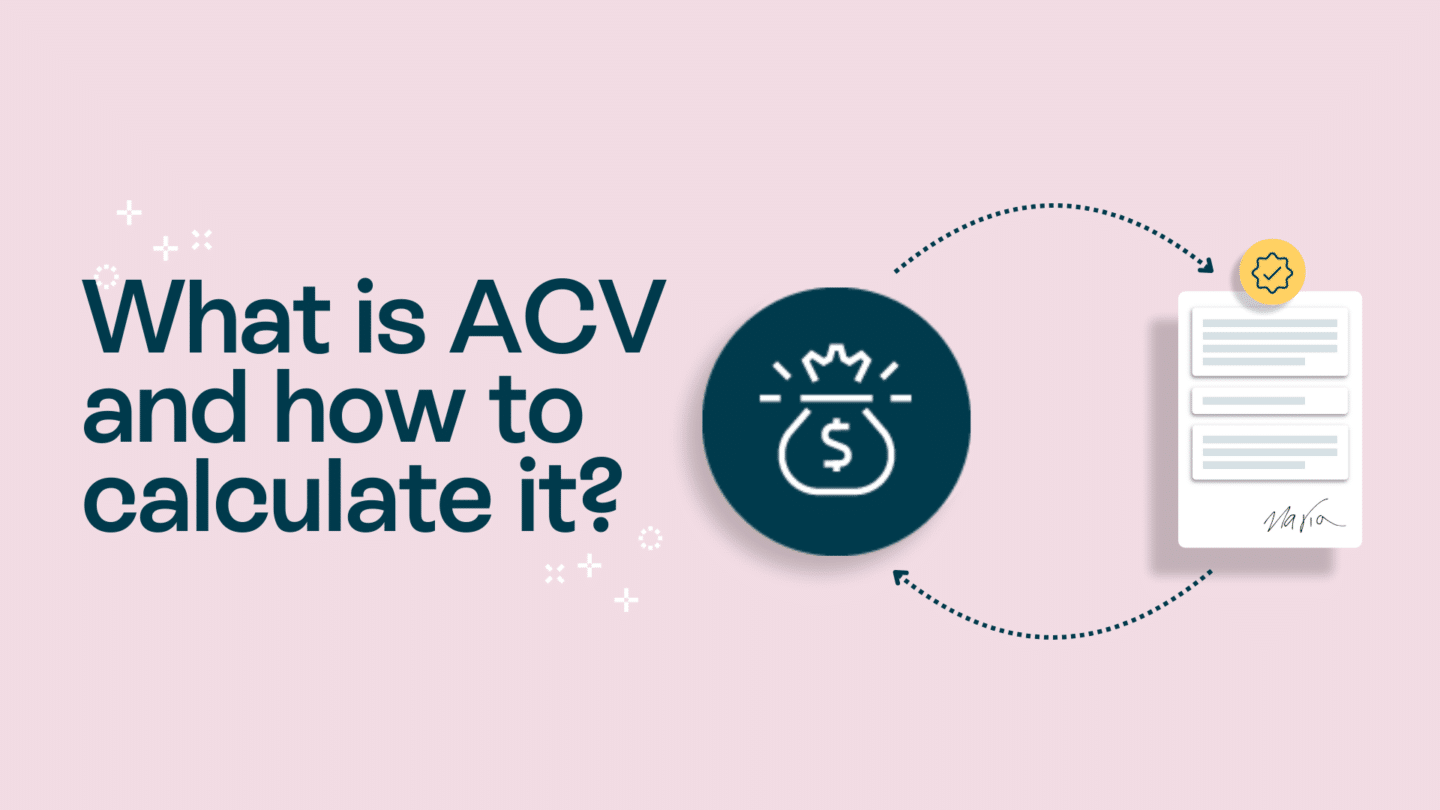In the complex world of business, third party contracts play an integral role in securing partnerships, availing services, maintaining vendor relationships, and more. Defining what these contracts are, their importance, types, how to create them, and the best practices for management are critical in optimising their benefits.
What is a third party contract?
In essence, a third-party contract is an agreement made between two parties, but in which a third party also has an obligation or benefit.
A third party contract is not just a simple agreement between two parties; it is a legally enforceable contract that involves the participation of another entity, commonly referred to as the ‘third party.’ This unique arrangement allows the third party to acquire rights, incur obligations, or receive benefits, even though they are not a signatory to the contract. This contrivance is a pillar in the realm of contract law and is an indispensable part of the business landscape.
When we talk about third party contracts, it is important to understand the key elements that make up these agreements. By examining these elements, we can gain a comprehensive understanding of the commitments and responsibilities each party undertakes.
Read also: What is contract management: a complete guide

What needs to be in a third party contract?
These agreements are composed of several crucial components, including the list of parties, scope of work, obligations, terms and conditions, and payment terms. Understanding these elements is paramount to comprehend the commitments and responsibilities each party undertakes.
The list of parties involved in a third party contract typically includes the two primary parties and the third party. Each party’s role and responsibilities are clearly defined to avoid any confusion or disputes that may arise during the course of the contract. This clarity ensures that all parties involved are aware of their rights and obligations.
The scope of work is another essential element of a third party contract. It outlines the specific tasks, services, or products that the parties will provide or receive. This section helps establish a clear understanding of the project’s objectives and deliverables, ensuring that all parties are on the same page.
Obligations and responsibilities are detailed in the contract to ensure that each party fulfills their agreed-upon duties. These obligations can include deadlines, quality standards, confidentiality requirements, and any other specific requirements relevant to the contract. Clearly defining these obligations helps create a framework for accountability and ensures that all parties are working towards the same goals.
Terms and conditions outline the rules and regulations that govern the contract. These terms may include dispute resolution mechanisms, termination clauses, intellectual property rights, and any other provisions necessary to protect the interests of the parties involved. By establishing these terms and conditions, the contract becomes a legally binding document that provides a framework for the parties to operate within.
Lastly, payment terms are a crucial aspect of any contract, including third party contracts. This section outlines the agreed-upon payment structure, including the amount, method, and timing of payments. Clear payment terms help avoid misunderstandings and ensure that all parties are compensated fairly for their contributions.
By understanding and addressing these key elements, parties involved in third party contracts can navigate the complexities and intricacies of such agreements with confidence. It is essential to approach these contracts with diligence and clarity to ensure the smooth execution and fulfilment of obligations by all parties.
Read also: Are terms and conditions legally binding?

Importance of third party contracts
Third-party contracts have emerged as an influential tool for businesses. They have several roles to play and legal implications to consider.
Role in business operations
The contracts define the boundaries of the relationship, formalise expectations, and facilitate business between the parties. They enable companies to engage vendors and business partners confidently, thereby often paving the path for their growth and expansion.
Legal implications
Properly formulated third party contracts also provide legal protection to the businesses involved. Disputes, if any, can lead to litigation and the said contracts can serve as a valuable defense in such circumstances.
Types of third party contracts
These contracts come in several types, each catering to a particular operational requirement. Let’s take a quick look at some of the common ones.
Service level agreements
Often used in the provision of services, these agreements outline the standards of service, timelines, and penalties for non-compliance. They are extensively used in sectors like IT, telecommunications, and professional services.
Vendor contracts
Contracts with vendors regulate the supply of goods or services. These contracts detail the terms, scope, delivery, price, and other important aspects of the vendor-customer relationship.
Partnership agreements
These arrangements formalise business partnerships, including the roles, responsibilities, ownership shares, and profit distribution mechanism among the partners.
Read also: How to better understand a contract

Creating a third party contract
While these contracts are essential to businesses, creating them needs care and caution. Let’s see some key aspects to consider.
Essential components to include
A well-drafted contract includes the scope, roles and responsibilities, payment terms, confidentiality clause, and breach terms among others. It’s also wise to include a dispute resolution mechanism to avoid unnecessary litigation.
Common mistakes to avoid
Mistakes like ambiguous terms, missing critical elements, or failure to foresee specific scenarios can render the contract ineffective. Hence, details should be captured meticulously, and ample foresight used in stipulating clauses.
Managing third party contracts
Once signed, these contracts need constant monitoring to ensure adherence to the agreed terms. This contract management is an art in itself.
Monitoring performance
Regular audits of performance against the stipulated benchmarks can help detect issues early and maintain contractor accountability. It also helps ensure that the contract continues to meet the organisation’s needs.
Handling breaches of contract
While no one enters a contract expecting breaches, they do happen. Having a clear plan to deal with these situations, including penalties and termination clauses, can prevent catastrophic fallout when a breach occurs.
Understanding third party contracts may seem overwhelming, but it paves the way for smoother, more efficient business dealings. So here’s to making sense of them and making them work for your business!







